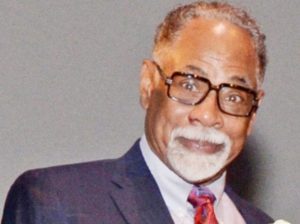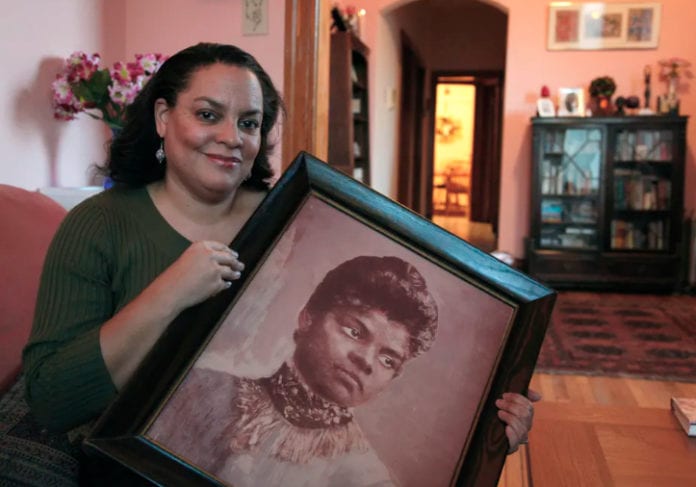Memphis will pay a long-standing debt to anti-lynching advocate and civil rights pioneer Ida B. Wells-Burnett before the year’s end, said Dr. L. LaSimba M. Gray Jr., pastor emeritus of New Sardis Baptist Church.

Gray and a collective of Memphis history advocates have laid out plans to unveil a statue of Wells-Burnett on a Beale Street site, where the iconic journalist spent so much of her time.
The $150,000 project will launch a public fundraising effort in September, the group decided in an evening virtual meeting last week (Aug. 20).
“We have been talking about Ida B. Wells for 37 years at Heritage Tours,” said proprietor Elaine Turner. “The corner of Beale and Hernando Streets, where she ran her newspaper, First Baptist Church, where she first began to publish, and that corner where the Peoples Grocery was located and the three men lynched – those are all stops on the Ida B. Wells Tour.”
Names of donors will be engraved at the installation site, which is also projected to hold a reflection pool and benches where visitors may just sit and take in the surroundings, said Gray.
A full-color rendering of the Ida B. Wells Memorial Site will accompany the fundraising launch.
“Ida B. Wells was driven out of Memphis because she continued to speak out about the brutality of lynching,” Gray said. “She fled Memphis and went to Chicago, never returning. But she continued her anti-lynching crusade in the North for the rest of her life. We owe her, and it’s well past time that we pay.”
Saad&Shaw fundraising consultants, Mel and Pearl Shaw, have been tapped to direct the project’s fundraising effort.
Artist Larry Luger will be commissioned to create the bronze, full-body statue of Wells-Burnett. The memorial committee decided the image would be the young, feisty lynching investigator of the Memphis years.
Wells was born into slavery in Holly Springs, Miss., 57 miles south of Memphis, and was only 3 years old when the Civil War ended in 1865.
Wells, when she was 16, lost both her parents and a baby brother in the yellow fever epidemic of 1878.
To keep her siblings together, Wells took a job as a teacher. The five-foot teenager wore dresses down to her ankles to appear older than she was.
She later moved to Memphis, where teachers made considerably more, with two sisters. She taught in Woodstock for Shelby County Schools.
Before the yellow fever outbreak, Wells attended Rust College in Holly Springs. When she moved to Memphis, summer classes were taken at Fisk University in Nashville, and she also attended LeMoyne College (now LeMoyne-Owen College) for a time, according to her biography.
Convinced that African Americans could not attain higher status than second-class citizens under the Jim Crow system, Wells encouraged and helped finance thousands to migrate to the North, away from the violent, segregated South.
“Ida B. Wells spent such a short time here in Memphis, but her impact was felt in so many places here,” Gray said. “Her great-granddaughter said the family is elated that Memphis is finally going to honor her with a statue. We are planning for some of the family to be present at the unveiling.”
It took the city of Chicago 12 years to raise the money to build a statue honoring Wells, according to Michelle Dustin, the icon’s great-granddaughter.
“I told Michelle that it won’t take us 12 years,” Gray said. “It is a worthy project to a worthy woman. Ida B. Wells was only five feet, but she fought like she was nine feet tall.
“This is the time. This is the moment to make it right. When we honor Ida B. Wells, we honor ourselves.”



